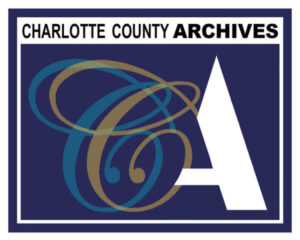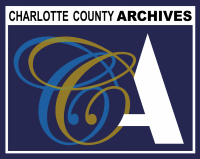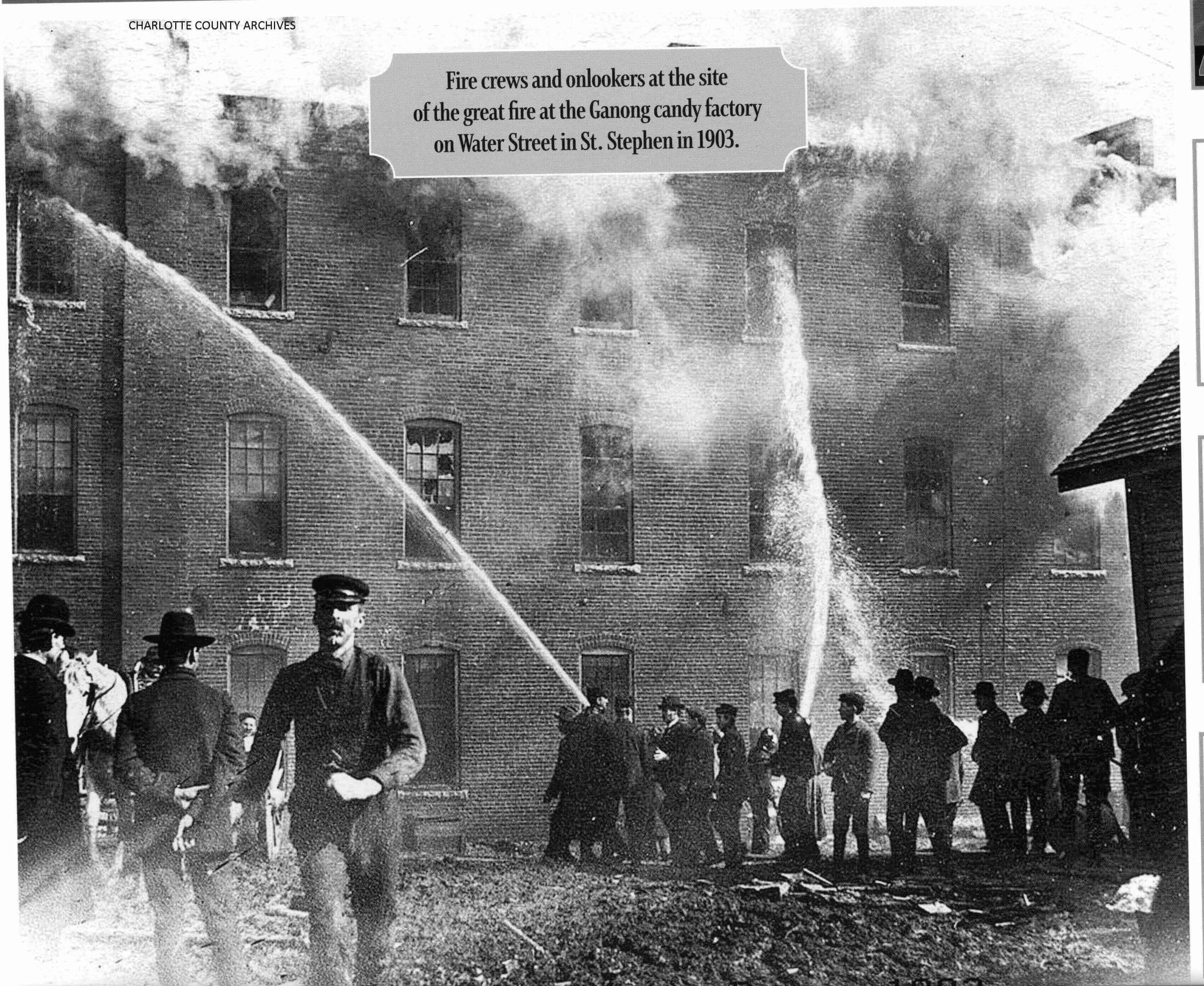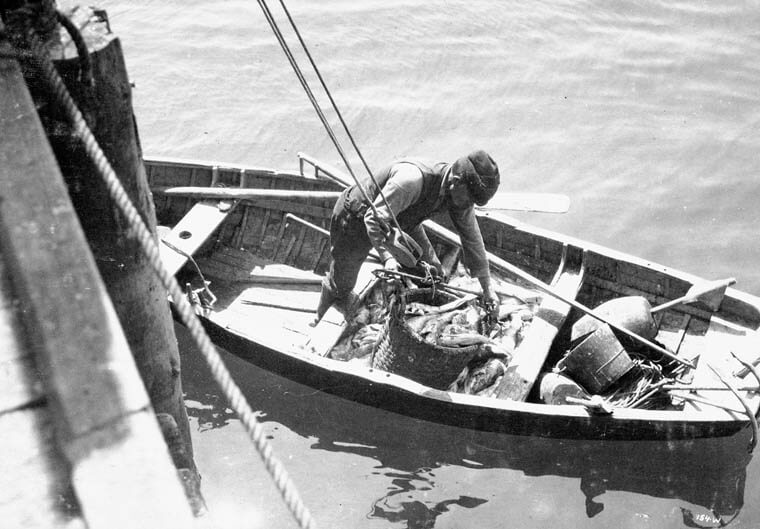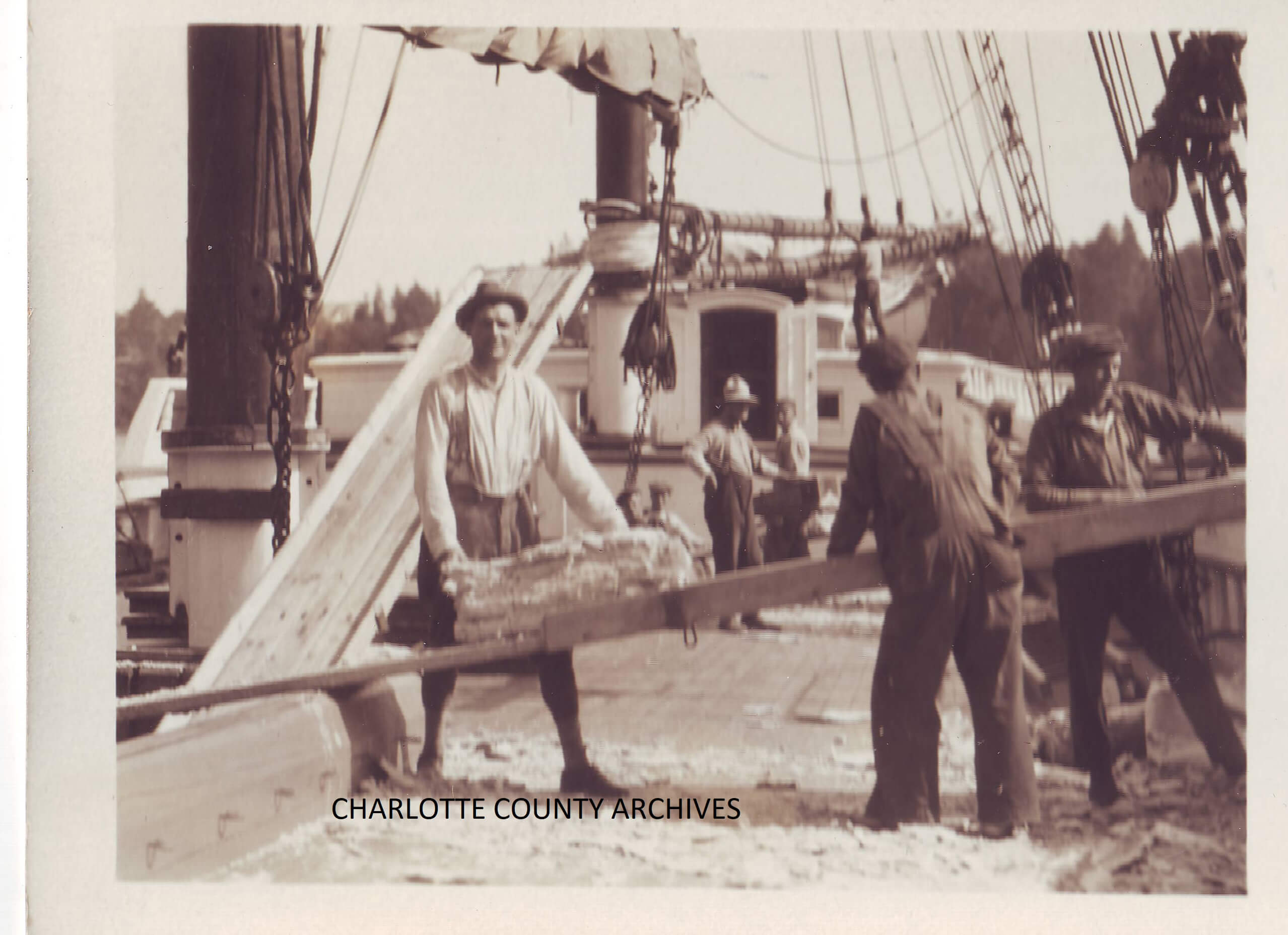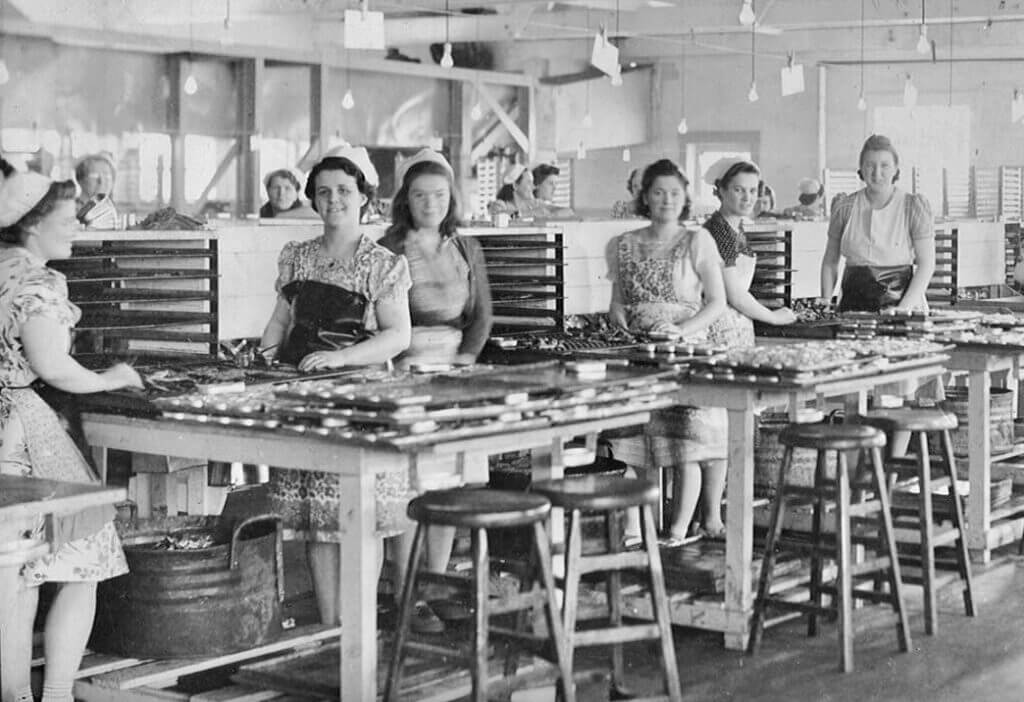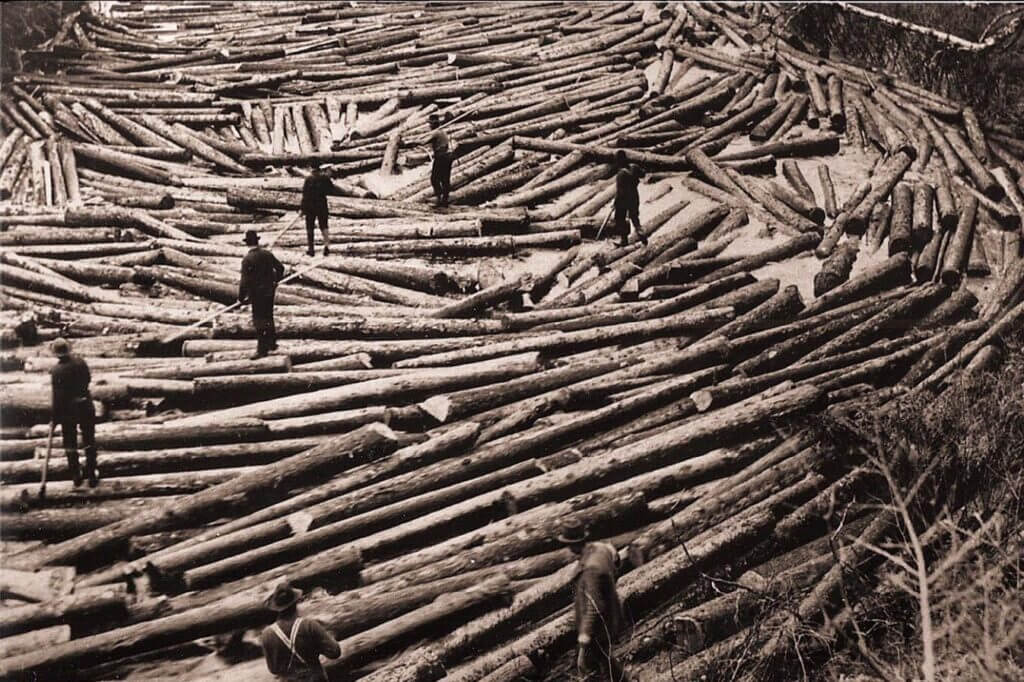
All Work and No Play
The Charlotte County Archives has a large and valuable collection of photographs that tell stories about the history of the area, and the lives of children and adults who lived here. With this rich resource of images, educational modules have been designed for students and teachers in elementary, middle, and high school. The modules refer to the New Brunswick K-12 Curriculum Framework, as well as other educational and cultural resources. The modules were developed by Archives staff and volunteers, with the assistance of teachers and academics.
As well as archival photographs, the modules include teachers’ notes, worksheets, activities, videos, and additional resources to engage students and learners of all ages and to encourage them to explore the past.
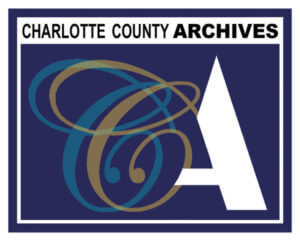
All Work and No Play
Activities
Students will analyze depictions of workers in a drawing and two photographs. They will conduct an interview with a family member and create original drawings about work.
Outcomes
Students will be able to:
• Identify types of work by examining images from the Charlotte County Archives,
• Conduct an interview with a family member about work,
• Create an original drawing about work,
• Write a headline or short news article about a worker.
Method
Students will:
-
- View at least two 19th or 20th-century photographs.
- Identify the type of work in each image.
- Conduct an interview with a family member about “a hard day’s work”.
- Make a drawing about work.
- Write a news story about a worker ( reference Getty Museum Education).
Materials
-
- Pencils,
- Drawing paper,
- Handouts.
Activity 1: Analyze the Photos
In this activity, students are introduced to everyday life in 19th and 20th century Charlotte County through the lives of working people. The images are from the Charlotte County Archives and other sources. This particular activity is designed for learners K – Grade 4. Click the images to enlarge.
Photograph 1
Examine the images below and consider what work is being done and ask yourself who is doing this work. When and where do you think this work took place?
Photograph 2
Please look at the photograph shown below. Click the images to enlarge.
Describe
- What do you see?
- List the children that you see.
- What are they wearing?
- Where are they standing?
- What is the man wearing?
- What is he holding?
Think
- How do you think the children feel?
- When do you think this took place?
- Do you think you will see a hurdy-gurdy man? Where might you see him?
Activity 2: What is Work and Who are the Workers
Interview your family member using the handout below.
Activity 3: Comparing Workers
After looking at the images of workers can you compare them in the following way using the handout below?
Activity 4: Drawing Work
Create a drawing using the handout below that shows a workday. Base this on the images we have seen and discussed and or the interview you did on work.
Assessment
Assess whether students can identify types of work by examining a nineteenth-century drawing and two twentieth-century photographs. Also, assess whether students completed all handouts. Finally, assess students’ ability to create an original drawing about work.
